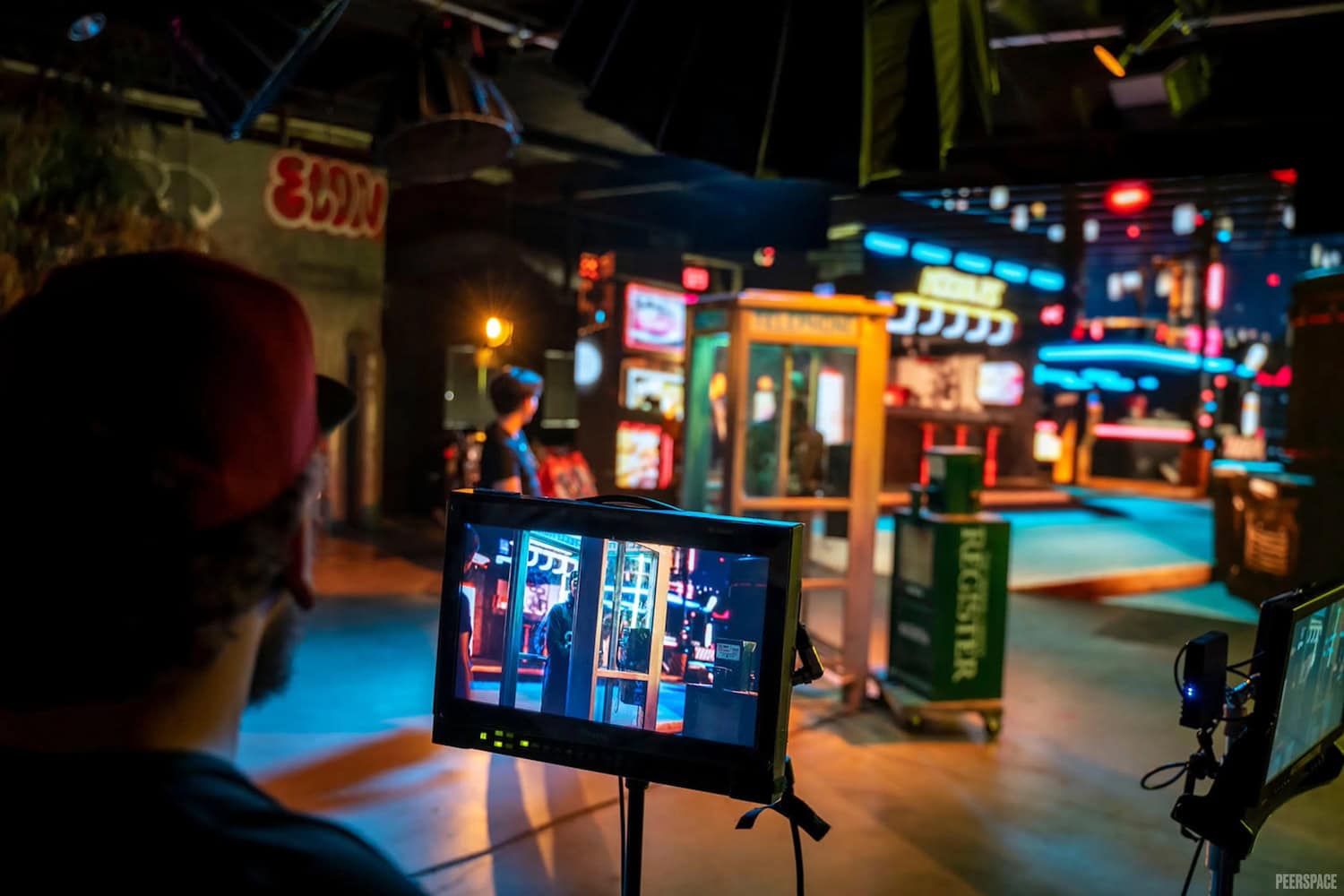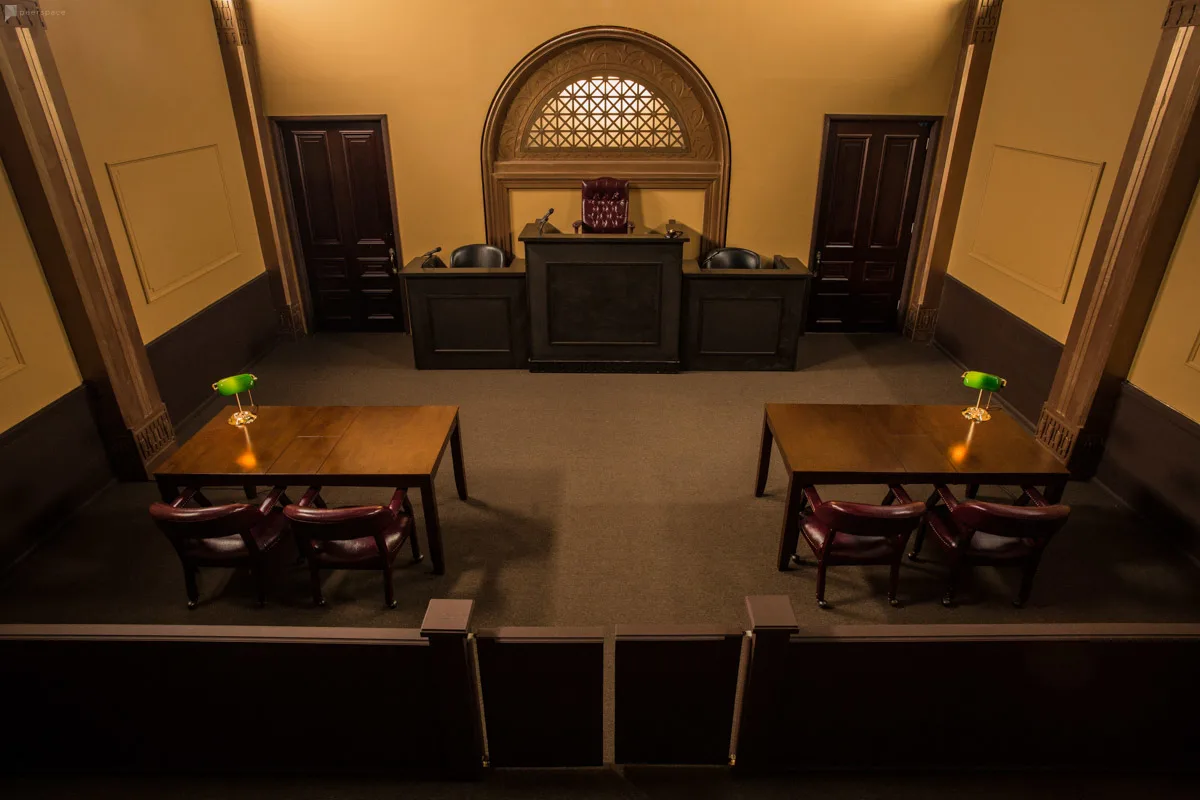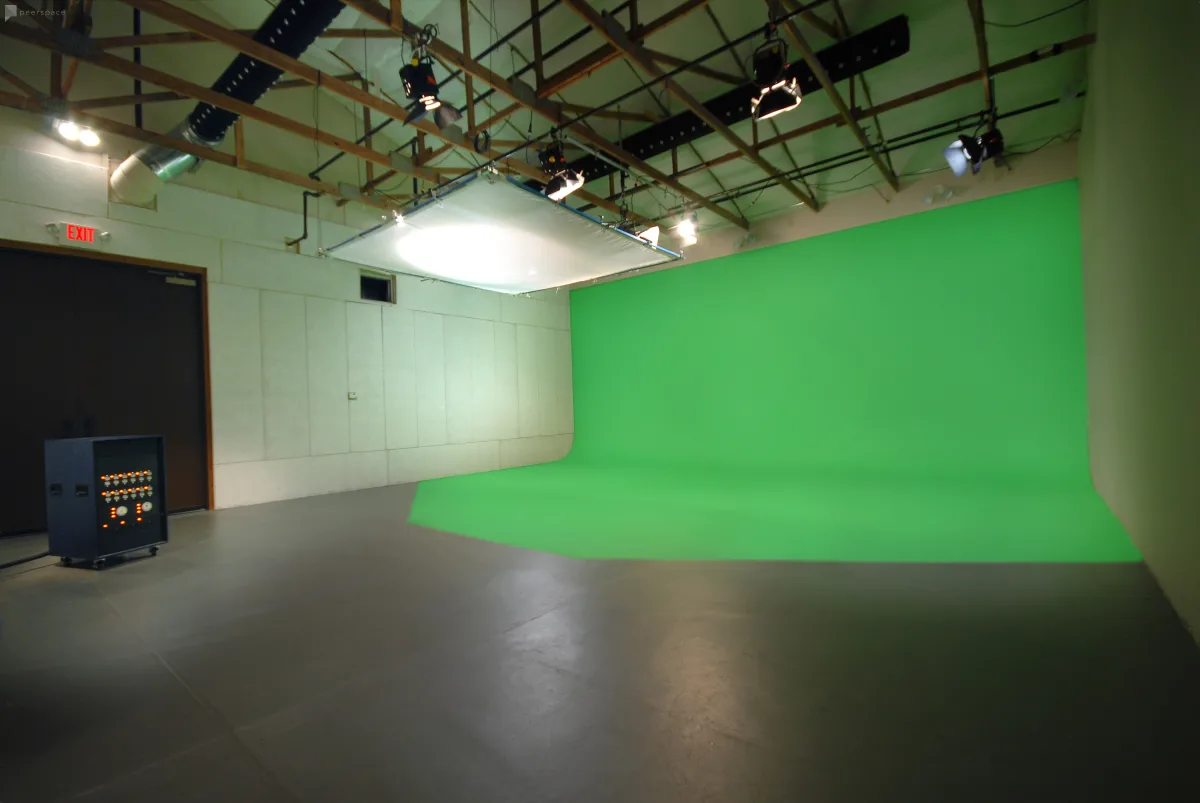
Source: Pixabay
The world of video production is vast, and there are many jobs in the field from videographers to directors who are paid millions for one job. Every production has a different budget, and for higher-budget productions, more specialized professionals can be hired to complete more complex jobs. What is motion graphics’ place in this giant landscape of video production? According to Wikipedia, the technical definition of “motion graphics” is:
Motion graphics are pieces of animation or digital footage which create the illusion of motion or rotation, and are usually combined with audio for use in multimedia projects.
The best way to describe motion graphics is this: animated graphic design.
What is motion graphics’ place in the market?
On the low end of the budget spectrum between $50 and roughly $5,000 projects, a client will be paying for a videographer who has skill with a camera and editing software to shoot a video. In addition, they may possibly add static titles with little transitions. This requires no animation experience, and the tools are relatively easy to use with no training.
On the upper end of $50,000+ advertising, or big-budget Hollywood films, you’ll start to see Computer Generated Imaging, or CGI. CGI is responsible for making your favorite superheroes fly through the sky, bringing robots to life, and showing epic space battles that aren’t real. CGI is possibly the most complex form of animation, and a great CGI artist can create an entire new world from a blank 3D space.
In between that is the world of motion graphics. Motion graphics blends animation skill with existing footage and photography to create a hybrid piece of art with an entirely different feel. Motion graphics is used to make graphic elements interact with each other in unique, sometimes unpredictable and awe-inspiring ways. Text is almost always one of the main components of great motion graphics design.
What is the role of text in motion graphics?
Motion graphics always starts with graphic design, and counter-intuitively graphic designers are the most common individuals who step up and learn to animate the elements of their design. Graphic design is very much a text-based discipline. Photographs are often incorporated; plus, shapes, logos, and other elements are also very important parts of both graphic design and motion Graphics. The primary goal of graphic design, however, is to combine those elements and add information in the form of text.
The same is true of motion graphics, with the primary difference being to add interest, focus, progression, and beauty to that design. The main place that you’ll find great motion graphic design is in advertising. Almost every commercial ends with some sort of splash screen or logo reveal at the end of the ad. If you watch a Walmart ad for example, you’ll see the Walmart wordmark appear, then the yellow flower logo beside it.
Walmart’s motion graphic designer then did something genius and brought in a mouse cursor just like the one on your computer, which clicks the yellow logo and then “com” appears to the right, producing “Walmart.com.” If this end screen were made by a graphic designer with no motion, it would have a logo with the website right beneath it. That’s boring, and exactly why motion graphics exists.
How to learn motion graphics
If you’re looking to learn motion graphics, there is one prerequisite that will give you a huge head start: graphic design. As you’ve already read, motion graphics is just graphic design with added interest, focus, progression, and beauty over a short period of time. If you’re already a graphic designer, you’re in a great place to begin adding to your skill set. If you don’t have any graphic design experience, you’re going to need to learn a few rules of the subject first.
Graphic design principles for motion graphics
Balance
Balance is the distribution of the visual weight of objects, colors, texture, and space. If the design were a scale, these elements should be balanced to make a design feel stable. It’s the same with motion graphics. In your animation, you need to maintain that balance through the motion. Great motion graphics can be paused at any moment in the animation and still follow the principle of balance. Pay attention to it as a rule and master it. Once you master it, you can make conscious decisions to break the rule when it is necessary.
Typography
Many motion graphics artists who do not start as graphic designers do not have a basic understanding of typography, and understanding just a couple of rules can elevate your motion graphics work immensely. Here are five simple rules of thumb to get you started:
- When in doubt, justify left.
- Use one font family, and when working with brands, always use the font provided.
- Skip a weight. If you use Helvetica Bold for a title, use Helvetica Light for the body text. This adds beautiful, readable contrast to your text.
- Double your point size. If your body text is 12px, your titles should be 24px.
- Avoid the corners. Try to keep your designs within the middle 80% of space both vertically and horizontally.
If typography is a weak point for you, spend time researching more principles of typography to elevate and polish your work.
The tools you need
The best suite of tools to start using for motion graphics is Adobe’s Creative Cloud. The motion graphics workflow usually starts with a graphic design or a series of designs, which are later animated to progress from one state, or one design to another.
Because of this, most designs will begin in either Adobe Illustrator or Photoshop. When the design is finalized, elements of that design are imported into Adobe After Effects to be animated. After the animation is completed, you’ll export it in a video file that can be incorporated into a longer sequence in Adobe’s Premiere Pro or any other video editing software.
Start learning
After reading this article, if you are even more interested in motion graphics and want to learn on your own, there are thousands of tutorials available for free online, as well as countless articles and forum posts to help with any question or problem you may run into.
Start by animating a logo with some advertising text. Get the basics of keyframing and easing those keyframes, then move on to layering compositions, animating elements that morph into each other, and eventually you’ll work on polishing your motion graphic design with a little thing called micro interactions. Those are the main keywords you need to be able to search and learn everything about becoming a motion graphics artist.
Find unique production venues on Peerspace
Get together somewhere better
Book thousands of unique spaces directly from local hosts.
Explore SpacesShare your space and start earning
Join thousands of hosts renting their space for meetings, events, and photo shoots.
List Your Space






